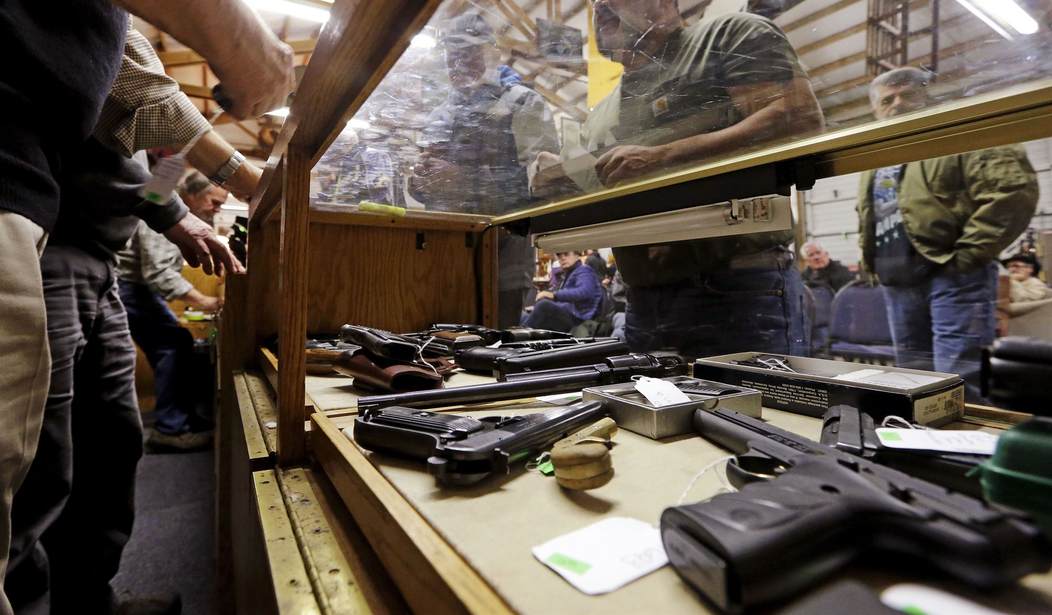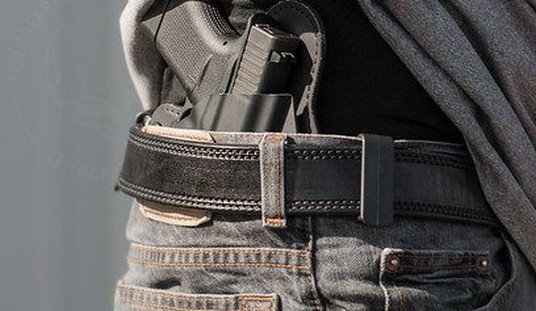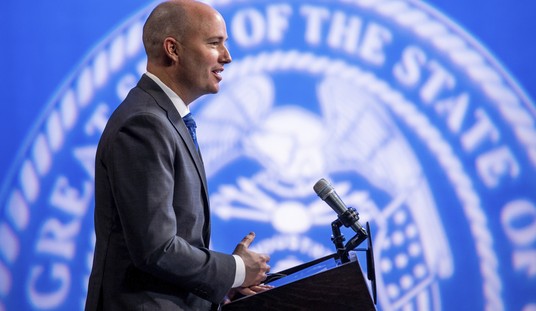With the looming gun control threat from the Obama administration over, people stopped worrying so much about gun bans. They didn’t rush out to buy guns like they did when a Democrat sat in the Oval Office. After all, those guns would still be available later on, right?
This became what was known as the “Trump Slump,” and it’s been a point of contention as to whether such a thing even existed. After all, NICS checks appeared to go up, but firearm manufacturers still had financial difficulties. It was a little confusing.
However, Rich Duprey of The Motley Fool, a financial website whose information is republished on Yahoo!, notes that we may finally be reaching a degree of normalcy in the gun industry.
Although the firearms industry continues to see year-over-year declines in the adjusted number of monthly background checks conducted on potential gun buyers, it may finally be nearing the end of one of the longest downturns ever. The decline in the adjusted number of background checks recorded in April eased substantially from the double-digit rates recorded in the two months prior, indicating we may be approaching a state of normalcy again.
An anomalous bulge
The National Shooting Sports Foundation adjusts data from the FBI’s National Instant Criminal Background Check System (NICS) to account for administrative checks such as those of existing permit holders to see if they’re still eligible to carry a gun. These numbers are seen by the industry as a proxy for gun demand because by removing such checks, they get closer to actual gun sales, though it’s not a one-to-one ratio because an individual may buy more than one gun or none at all.
Background checks fell less than 7% in April, a substantial improvement over the back-to-back declines of more than 12% in February and March.
The shooting tragedy in Parkland, Florida, in February 2018 caused the number of background checks performed late in that month to rise sharply a trend that continued into the next month, where NSSF data shows they spiked 11% nationally.
People’s reaction to the shooting artificially raised the number of checks performed last year, making this year’s more normalized numbers seem worse, but now that we’re cycling past those elevated levels, we may get a truer view of the industry, one that shows we have reached a bottom.
The idea is that we’ve reached rock bottom and can only go up from there. That may well be true. After all, there will always be at least some guns sold in gun stores.
The question is whether or not this is enough to sustain a firearm industry that saw historic growth during the hostile Obama administration. Of course, that’s rather nuanced.
For workers, this may not be ideal. Without the Obama-era sales to sustain them, companies are going to be forced to cut back on the workforce. That means layoffs, which sucks for those who are laid off. However, those layoffs will help these companies meet the current demand.
Already, losses are leveling out, which suggests that the companies are reaching an equilibrium that will help them remain solvent throughout the coming years. That’s good news not just for the industry, but for consumers.
The truth of the matter is, the right to keep and bear arms is meaningless without being able to actually access firearms. While they can be manufactured at home, not everyone has the skills or interest in doing so. We need manufacturers to sell affordable firearms. While affordability may vary – some think of a Cabot 1911 as “affordable” while others are struggling to save up for a Hi-Point, after all – that’s a matter for the market to work out. What matters is that we need people willing to sell.
If the firearm industry were to go belly-up, the ramifications on our rights would be profound.
My hope is that this news is accurate, that the market for guns is normalizing a bit so manufacturers can level things out on their end. That’s good for all of us.








Join the conversation as a VIP Member